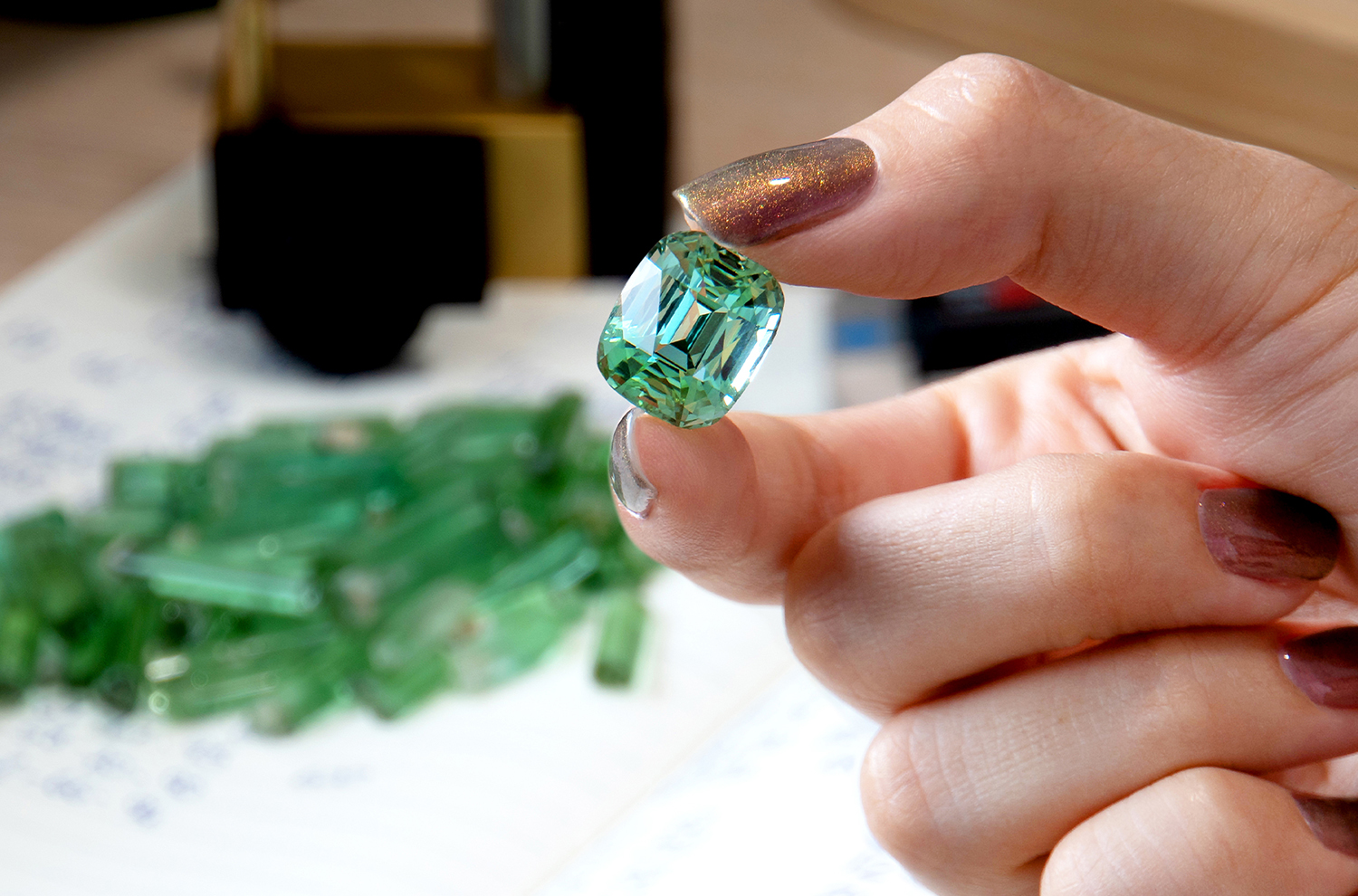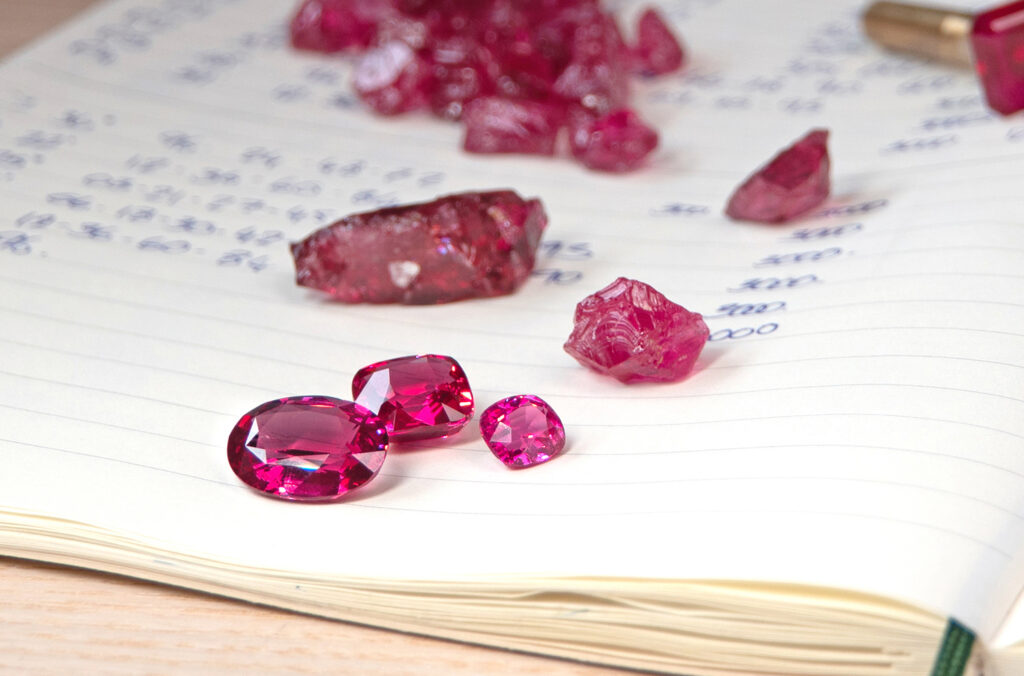… YES!
While both natural and lab-grown gemstones may share similar chemical compositions, their paths to existence diverge significantly. And besides the obvious romanticism behind something that’s natural and formed deep within the earth over millions of years, there is also the point about rarity.
There’s an undeniable draw to the story of natural gemstones — a tale akin to Michelangelo painstakingly painting the Sistine Chapel over four years, contrasted with the efficiency of a robot completing the task in a day. While the outcome may appear identical at a glance, it’s the journey, the intricate process, and the personal touch of the artist himself that imbues natural gemstones with their unique charm and allure.
There is a reason why artwork created by master artists like Michelangelo are revered and displayed at museums, while nearly identical hand-painted replicas barely have any value!
When you hold a natural gemstone, you know that you have in your hand a one-of-a-kind product of Mother Nature that will NOT have a duplicate. Sure, you might be able to find a suite of oval blue Sapphires of a similar hue, shape and size but natural gemstones will always have unique ‘birthmarks’ and characteristics that make each piece unique.
That’s part of the beauty of it– knowing that you own something special. The same can’t be said for lab-grown, synthetic gems that are currently being churned out of factories by the kilo.
Here are more key differences between natural and synthetic stones:
Natural gemstones

To be labelled as a natural gemstone, a gem has to be produced by nature. These gems are formed by natural processes over extensive periods, typically spanning thousands of years. And these gems are considered authentic due to their origin in nature!
On that note, there are also treated natural gemstones, such as heated Sapphire. While heat treatment is a normal and accepted treatment, and in fact, over 90% of gem quality Sapphire is heat-treated, there are other, more severe treatments which are not accepted in the fine gemstone industry, such as lead filling and flux healing. These treatments are usually only accepted for lower cost items such as costume jewellery.
Synthetic gemstones
![Synthetic ruby can be produced via flux growth processes (crystal and cut stone on left), and flame fusion (boule and cut stone on right). [Source: GIA.edu]](https://madly.com/wp-content/uploads/2024/07/synthetic-ruby.jpg)
What about simulant gems?
![A glass material known as “slocum stone” can mimic the appearance of opal. [Source: GIA.edu]](https://madly.com/wp-content/uploads/2024/07/glass-opals.jpg)
Ultimately, the choice between natural and synthetic gemstones is a personal one. However, if you ask me, it’s natural stones over synthetic ones — any day! There’s no denying the beauty of natural gemstones that have been made over thousands of years by Mother Nature.
With MADLY, we only work with the top 0.1% of natural coloured gems, so you can be sure you get only the natural stuff here!
